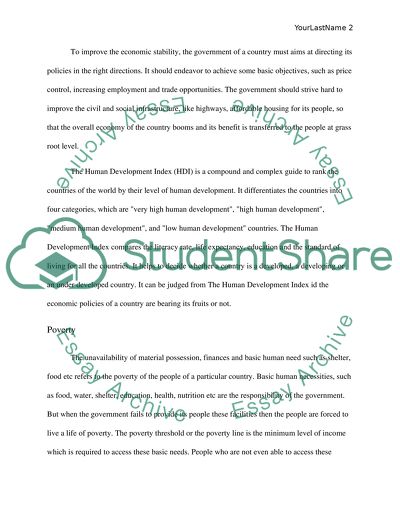Cite this document
(“Development and Poverty Term Paper Example | Topics and Well Written Essays - 2000 words”, n.d.)
Development and Poverty Term Paper Example | Topics and Well Written Essays - 2000 words. Retrieved from https://studentshare.org/macro-microeconomics/1440428-development-and-poverty
Development and Poverty Term Paper Example | Topics and Well Written Essays - 2000 words. Retrieved from https://studentshare.org/macro-microeconomics/1440428-development-and-poverty
(Development and Poverty Term Paper Example | Topics and Well Written Essays - 2000 Words)
Development and Poverty Term Paper Example | Topics and Well Written Essays - 2000 Words. https://studentshare.org/macro-microeconomics/1440428-development-and-poverty.
Development and Poverty Term Paper Example | Topics and Well Written Essays - 2000 Words. https://studentshare.org/macro-microeconomics/1440428-development-and-poverty.
“Development and Poverty Term Paper Example | Topics and Well Written Essays - 2000 Words”, n.d. https://studentshare.org/macro-microeconomics/1440428-development-and-poverty.


